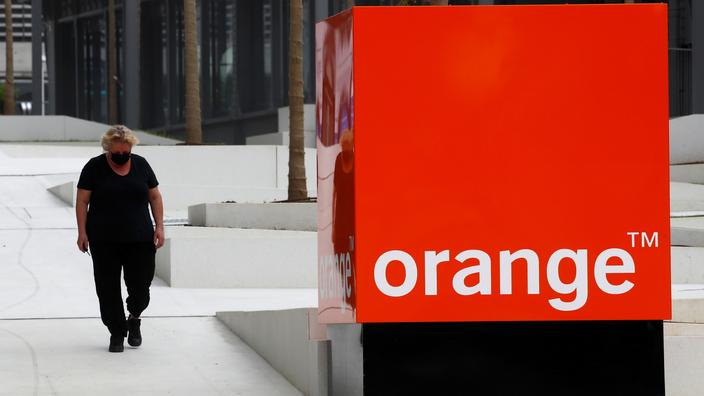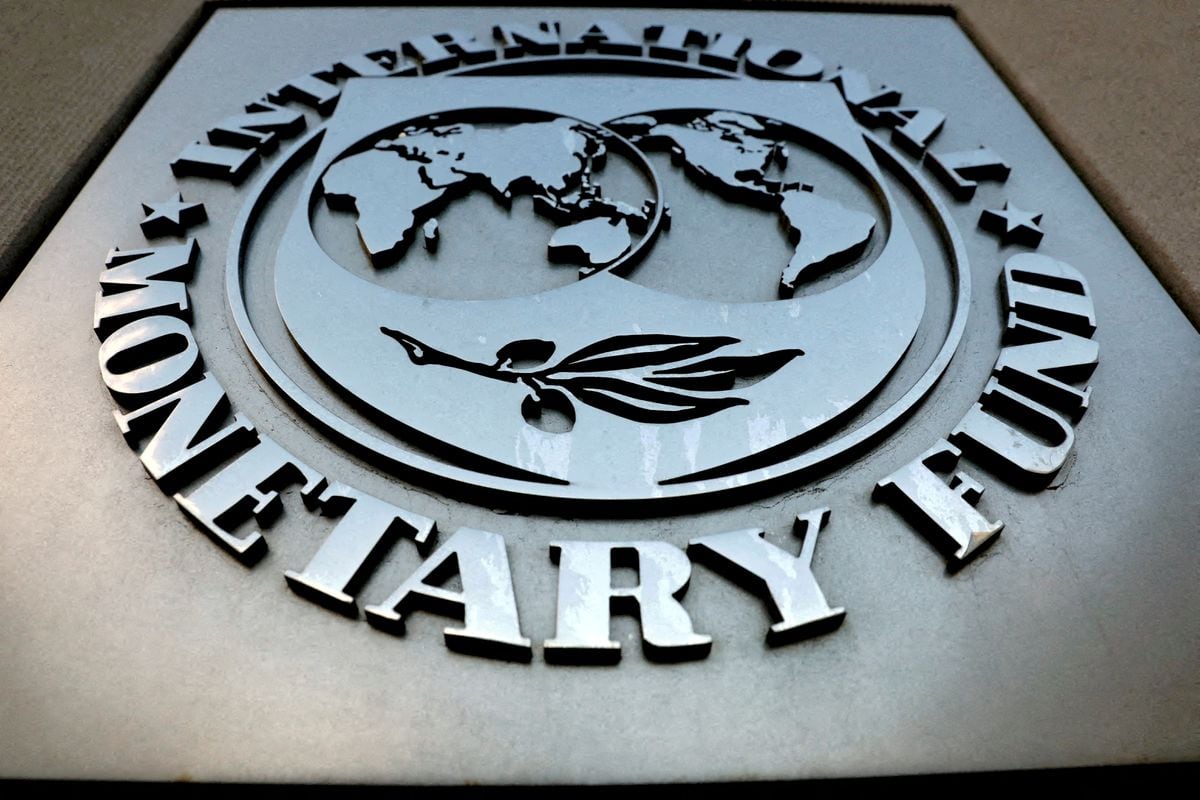Stéphane Richard, CEO of Orange had committed that the results of the internal investigation are known under "seven days".
A necessary transparency given the circumstances and consequences of the bug.
The operator has already ruled out the possibility of computer hacking and points to a software failure, a poorly executed computer command.
The six routers in the group making the link between the fiber or mobile links and the old copper network still mainly used by emergency call entries all malfunctioned at the same time.
An "impossible" failure on paper.
SEE ALSO -
Emergency numbers bug: whose fault is it?
To read also: Breakdown of emergency numbers "rare and extremely serious": story of a nightmare night for Orange
Wednesday June 2 at the end of the day, calls to 14, 15, 18 or even 112, did not go through.
The incident occurred during a long scheduled operation.
The telecoms operator wanted to increase the capacity of network equipment.
An operation which "
is not routine and which is not maintenance
". This operation was intended to increase capacity to respond to the increase in voice calls since the start of the pandemic, in particular to emergency numbers. However, the whole difficulty of the matter lies in a link between two worlds. That of the fixed telephony of the 1960s, the switched copper network, and that of today, the fiber, with its voice services on the Internet. While 90% of call centers still use copper, more than 50% of French households have switched to fiber. In order for some to be able to continue to communicate with others, the interconnection capacities between the two had to be increased. The operation took place over two days. After a first step that went smoothly on Tuesday, June 1, the system fell on the 2,between 4:45 p.m. and 2 a.m. It was when the first equipment that had benefited from this update was reconnected that everything malfunctioned. The six servers, designed to be able to take over from each other, stopped working in a matter of minutes. A real game of dominoes, one pawn causing the other to fall.
As to whether it was necessary to carry out this operation during the day rather than at night "
there is no ideal time
".
However, between 4 p.m. and 6 p.m., there is a "
gap in communications
" and the Orange teams as well as those of its partners are more easily mobilized.
This explains why updates are made during the day.
A European supplier
If it is still too early to determine precisely the responsibilities, Orange points out one of its network equipment manufacturers, "
a European group which is neither Nokia nor Ericsson
". A bug in the source code of the software of the offending servers would have led to the chain reaction described. This equipment manufacturer also quickly provided a patch to the operator to repair. Orange however recalls that the services continued to operate during the outage. 11% of the total calls to emergency numbers were lost, or 11,800 calls out of the 170,000 received daily by emergency numbers. The call success rate was therefore 89%. In normal times, it is 97%, failures "
are not always due to Orange
". It may be faulty devices in the emergency room, or even a "
phone not hung up
" relates a source. In total, 3 million calls were unsuccessful that evening. Emergency numbers were only the visible part of the problem.
Without waiting to know the consequences, in particular legal of the bug, Orange is putting on the table a set of proposals to prevent such problems from recurring. The operator suggests in particular reducing from 2 hours to 30 minutes maximum the time for triggering a crisis unit, in the event of a disruption affecting calls to emergency services and vital services at national level. Orange also highlights the possibility of "
supporting State services in accelerating migration
»Copper-to-fiber emergency services. This proposal is also a way for Orange to point out another manager: public services, at national as well as departmental level. Orange is also proposing to set up an emergency number for emergency numbers: so that they can quickly alert the operator in the event of a problem. Currently, like any subscriber company, they go through their account manager.









